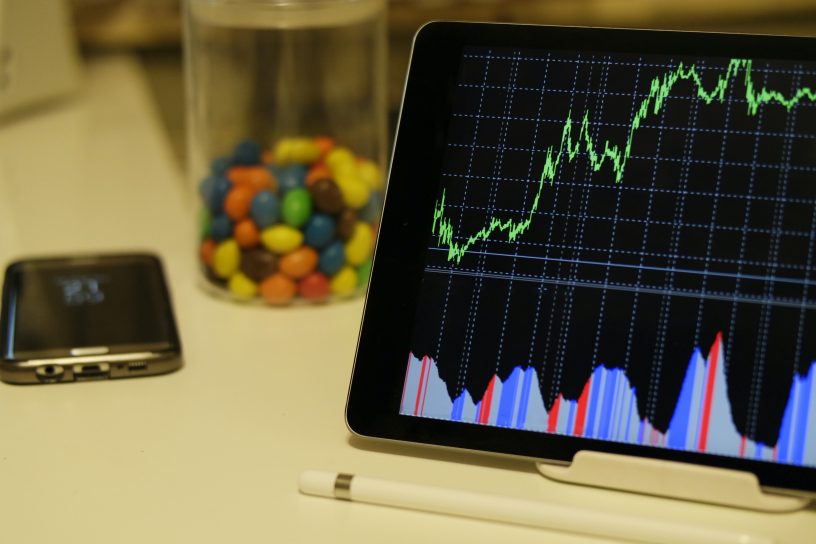See below for details about the strategy and symbol definitions. Please read the disclaimer. Access to this page is currently free. There will be an effort to update this page daily. We do not send any email notifications of updates. Updates are posted on X (follow @priceactionlab).
Open positions as of close of July 25, 2024
Comments
- Long silver (SI) hit the stop loss.
- New signals: none.
- For Thursday, July 25, 2024, the strategy fell 2.2%.
- The strategy has a 13.3% drawdown. YTD: +33.7% (backtest)
Column definitions: symbol is the market, trade is the type of open position (long or short), date is the entry date, price is the (adjusted) entry price, ex. price is the settlement price, %chg is the percent change in price, # bars is the number of bars in trade, ROC(N) is the rate-of-change of each market (N = 1, for the day, and N = 5, for the week), stop-loss is the position stop-loss in points, and Dyn Stop is the position stop-loss in points, both based on the adjusted entry price.
Trend-Following Subscription
Access to premium articles on trend-following and the rules of the strategy that generates the signals above is possible with a Trend-Following subscription. The strategy trades the same markets with the same parameters.
Details of the strategy used in these daily reports
Timeframe: Daily
Data: We use continuous, back-adjusted futures contracts. We do not announce contract rollovers here.
Markets: 23 futures contracts: Brent Crude oil (BRN), Crude oil (CL), Cocoa (CC), E-Mini S&P 500 (ES), Euro-BTP Long-term (FBTP), Dax (FDAX), Euro STOXX 50 (FESX), Euro-Bund (FBBL), Gold (GC), Feeder Cattle (GF), Lean Hogs (HE), Copper (HG), Coffee (KC), Live Cattle (LE), Frozen Concentrated Orange Juice Grade A (OJ), Palladium (PA), Platinum (PL), Silver (SI), Corn (ZC), 10-Year U.S. T-Note (ZN), Chicago SWR Wheat (ZW), Euro-Buxl (FGBX), US Dollar Index (DX).
Strategy Type: trend-following based on breakouts, exit long, and reverse to short with stop-loss.
Maximum positions: 23, long or short.
Position size: Based on stop-loss and maximum risk per position.
Trade entry: All trades are executed at the opening of the next bar.
Stop-losses: All stop-losses are executed intraday.
For the new signal, we include the contract month along with the position size and risk. We also include the dynamic stop-loss levels. We are working towards the implementation of dynamic and trailing stops.
Backtest results are updated weekly after the close of the market. Backtest range: 01/3/2000 –07/19/2024
The Risks of Trend-Following Strategies
Trend-following strategies attempt to capture long-term market trends, also known as outlier trades. The implementation of stop-losses results in a low win rate, as the strategies exit with a loss until the onset of a trend. This style of trading can be extremely rewarding over the long-term, but it is hard and could lead to a loss of discipline in the short-term.
Trends and trend-following are not the same thing, and many confuse the two. A trend-following strategy will not identify trends where there are none. From 2004 to 2016, or 13 years, the annualized return of the top 20 CTAs was 2.4%. However, the dispersion in CTA returns is high, and it is not reflected in the averages. There is a high specific risk in choosing a CTA or a trend-following strategy.
Furthermore, proper execution of trend-following strategies with many futures contracts requires sufficient capitalization. For about 20 contracts, the approximate initial capital is probably around a million dollars. Otherwise, due to insufficient capital, a strategy could miss a few profitable trends, negatively impacting the Sharpe and MAR ratios.
Trend-following is a volatile style of trading with large equity swings. This style of trading is not for everyone.
Trend-Following Subscription
Access to premium articles on trend-following and the rules of the strategy that generates the daily signals above is possible with a Trend-Following subscription.
Disclaimer: No part of the analysis in this blog constitutes a trade recommendation. The past performance of any trading system or methodology is not necessarily indicative of future results. Read the full disclaimer here.
Charting and backtesting program: Amibroker. Data provider: Norgate Data
If you found this article interesting, you may follow this blog via RSS or Email, or on X.


